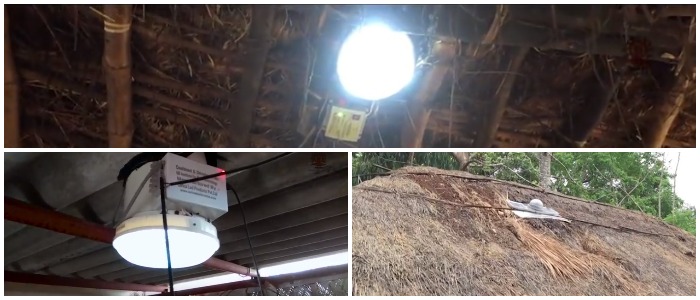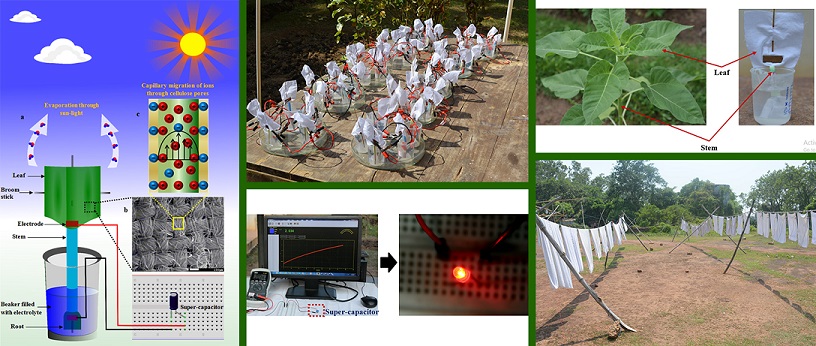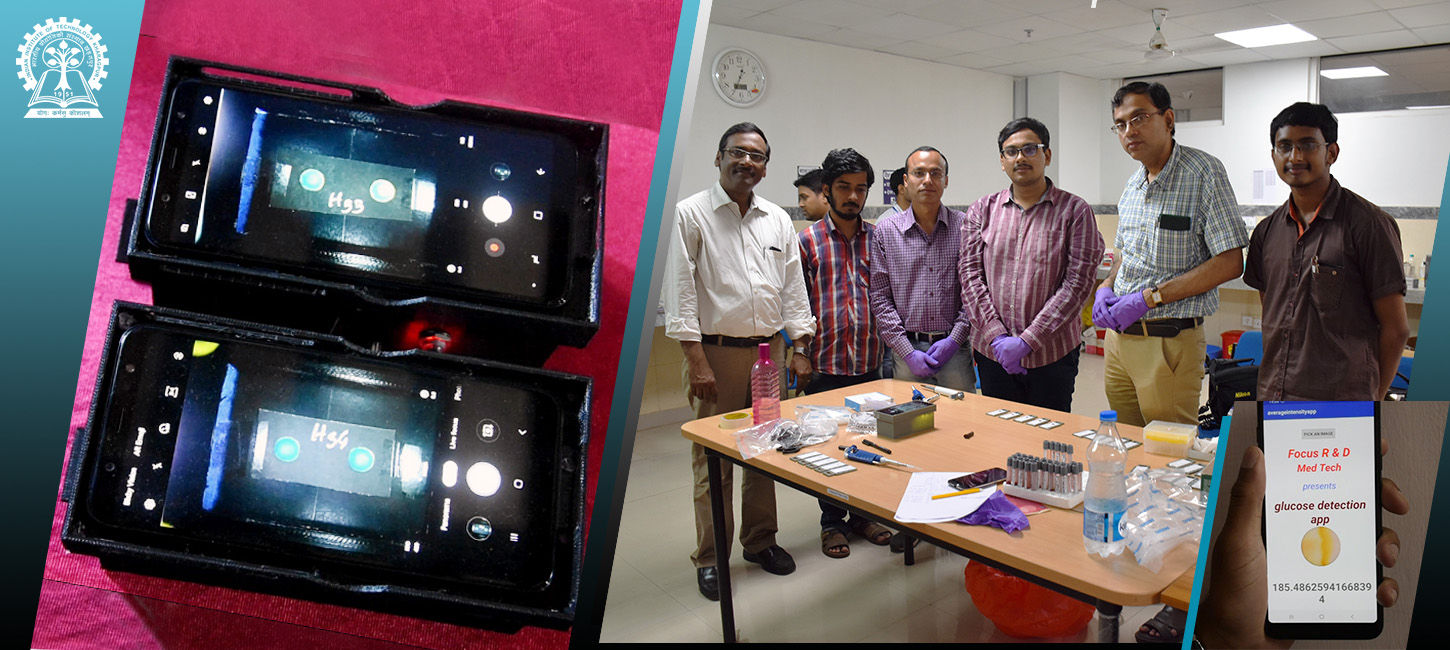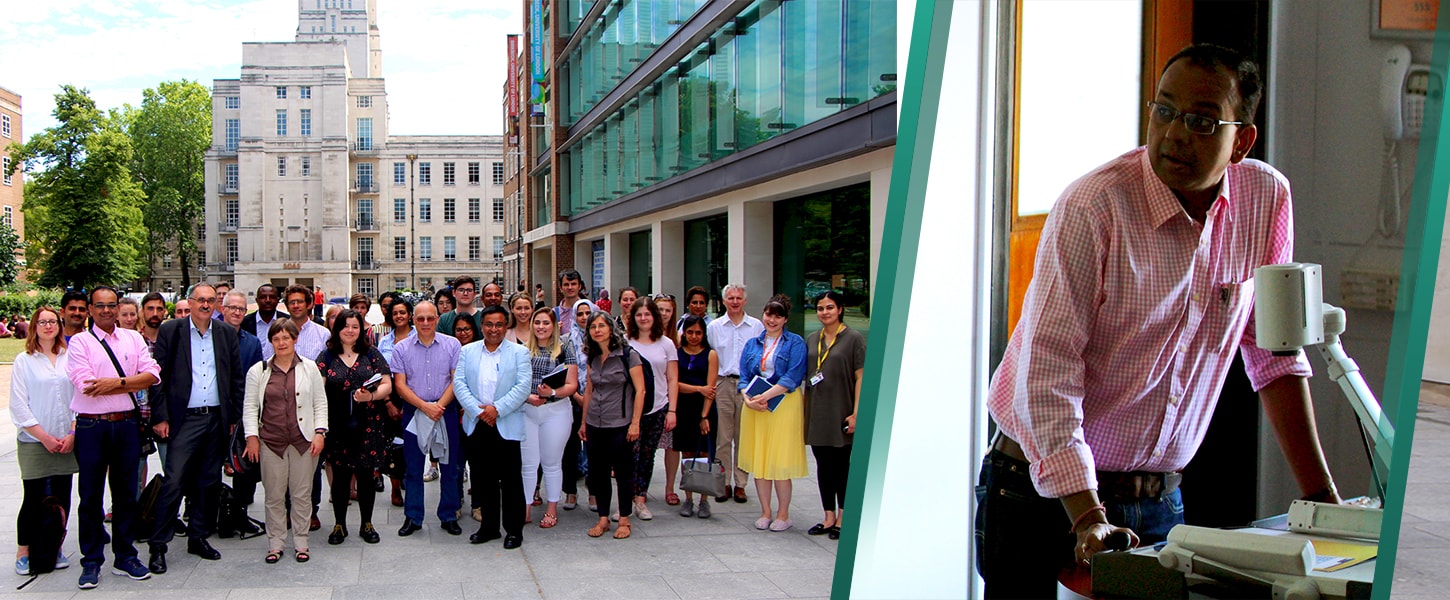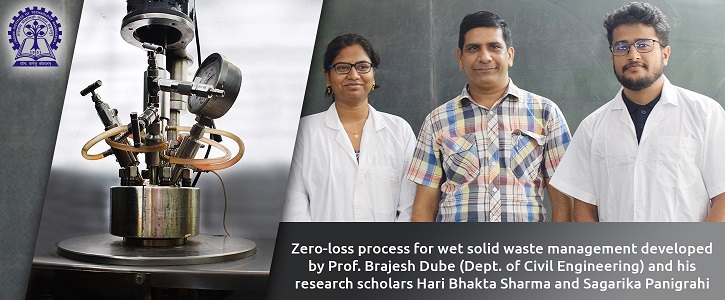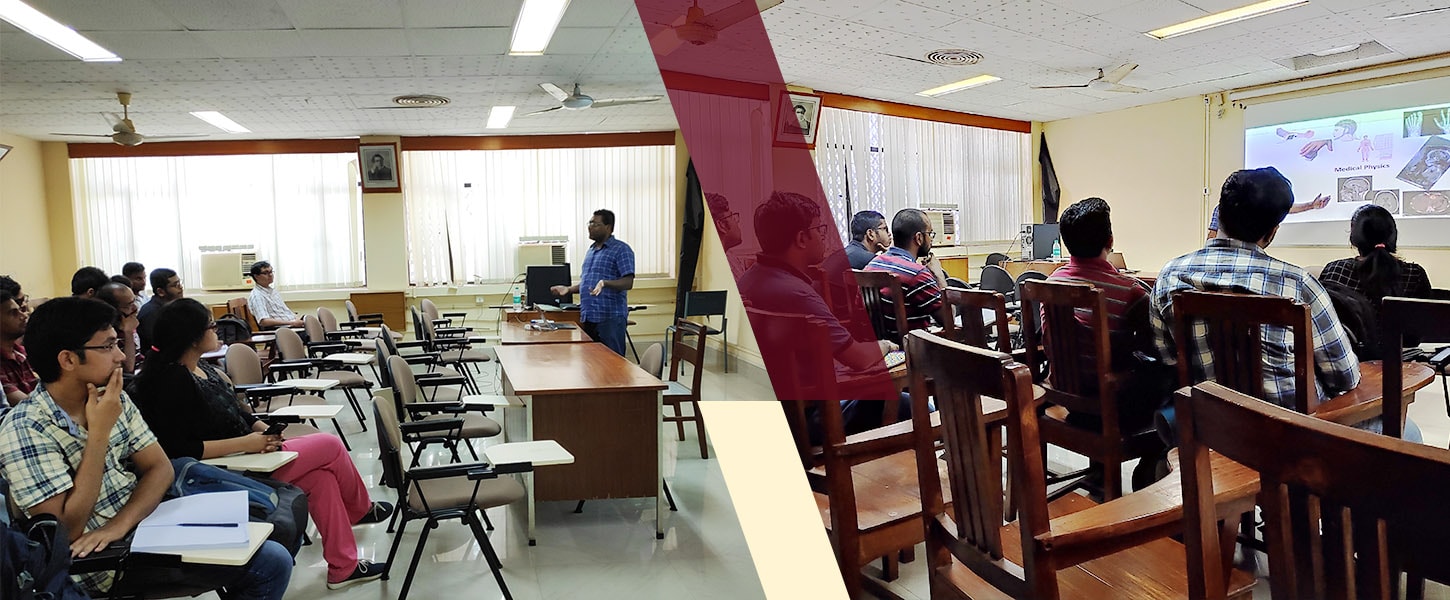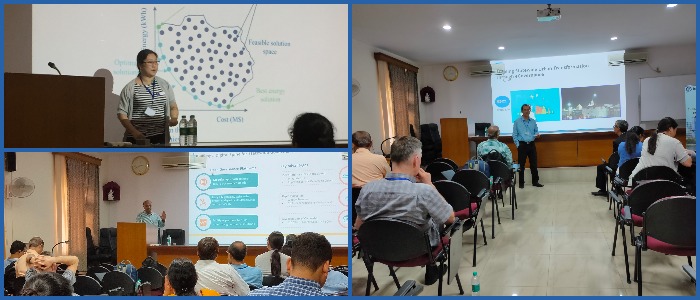
What’s in my water?
Tomatoes grown with the contaminated water of the Varthur Lake of Bengaluru reach the nearby markets of the city every morning and are bought by unsuspecting city dwellers. Almost a decade of civic activism in Bengaluru has not changed anything for either the farmers or urbanites there. Thousands of miles away, Platypuses, a mammal species commonly found in Australia, happily swim near the coast off Melbourne, unaware that beta-blockers are entering their bodies every day from the ‘safe’ treated water discharged from the city. These were some of the many facts brought to light by the Indo-Australia joint workshop on…

